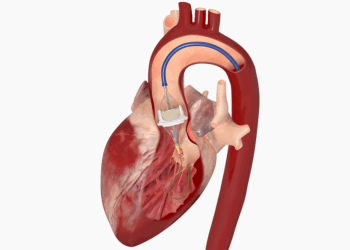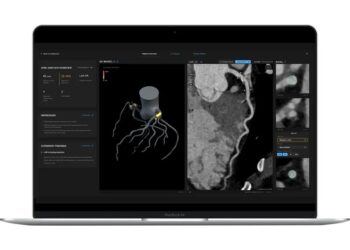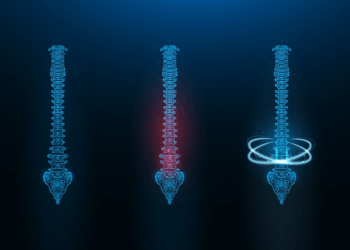# Smarter, Not Bigger: The Rise of the Mixture-of-Experts Architecture
For years, the trajectory of large language models seemed to follow a simple, brute-force mantra: bigger is better. We saw a relentless scaling of parameter counts, with each new state-of-the-art model becoming a monolithic giant, demanding colossal amounts of computational power for both training and inference. While this approach yielded impressive results, it also led us toward an unsustainable path of ever-increasing costs and energy consumption.
But a fundamental shift is underway. The latest wave of high-performing models, such as Mistral AI’s Mixtral 8x7B, are demonstrating that a more elegant, efficient architecture can outperform even larger, denser counterparts. The secret lies in a paradigm known as **Mixture-of-Experts (MoE)**. This isn’t just an incremental improvement; it’s a re-imagining of how a neural network can process information, moving from a single, overworked generalist to a coordinated team of specialists.
—
### The Anatomy of an Expert System
So, what exactly is a Mixture-of-Experts model? To understand it, let’s first consider a traditional, dense transformer model. In a dense model, every single input token is processed by every single parameter in each layer. Imagine asking a single polymath to answer every question, from particle physics to 18th-century poetry. They might be capable, but it’s incredibly inefficient. Most of their vast knowledge is irrelevant for any specific query.
MoE architecture dismantles this monolithic structure. Instead of a single, massive feed-forward network in each transformer block, an MoE layer contains multiple smaller “expert” networks. The key components are:
1. **The Experts:** These are typically standard feed-forward networks, each with its own set of weights. Each expert can, in theory, develop a specialization for handling certain types of patterns, concepts, or linguistic structures in the data.
2. **The Gating Network (or Router):** This is the crucial conductor of the orchestra. The gating network is a small neural network that examines each incoming token and dynamically decides which expert (or combination of experts) is best suited to process it. It outputs a set of weights, effectively “routing” the token to a select few experts.
The result is a principle called **sparse activation**. While the model may have a very high total parameter count (the sum of all its experts), only a small fraction of these parameters—the chosen experts—are activated for any given token. This is the magic behind the efficiency of models like Mixtral 8x7B. It has a total of ~47 billion parameters, but for any single token, it only uses the compute equivalent of a ~13 billion parameter dense model because the router typically selects the top two experts.
### The Efficiency Equation: More Knowledge, Less Work
This architectural change has profound implications. The primary benefit is a dramatic decoupling of model size (total parameters) from computational cost (FLOPs per inference).
* **Faster Inference:** By only activating a subset of the model, inference latency is significantly reduced compared to a dense model of a similar total parameter count. This makes real-time applications more feasible and cost-effective.
* **Greater Capacity for Knowledge:** MoE allows developers to pack a much larger number of parameters—and thus, more knowledge and nuance—into a model without a proportional increase in inference cost. The model becomes a vast library where the router acts as a smart librarian, pulling only the relevant books for each query.
However, MoE is not a free lunch. The primary trade-off is in memory (VRAM). All the experts’ parameters must be loaded into memory, even if they aren’t being used for a specific token. This means an MoE model has a much larger memory footprint than a *dense* model with the same *active* parameter count. Furthermore, training MoE models can be complex, requiring careful handling of load balancing to ensure all experts receive sufficient training signals and no single expert becomes over-utilized.
—
### The Future is Specialized
The rise of Mixture-of-Experts marks a pivotal moment in AI development. It signals a move away from the brute-force scaling of monolithic models and toward a more intelligent, modular, and biologically inspired approach to building intelligence. By enabling models to learn specialized functions and apply them selectively, the MoE architecture paves the way for a new generation of AI that is not only more powerful and knowledgeable but also more computationally sustainable. This isn’t just about building bigger models; it’s about building smarter ones. And in the long run, that will make all the difference.
This post is based on the original article at https://www.technologyreview.com/2025/09/16/1123614/the-looming-crackdown-on-ai-companionship/.






















